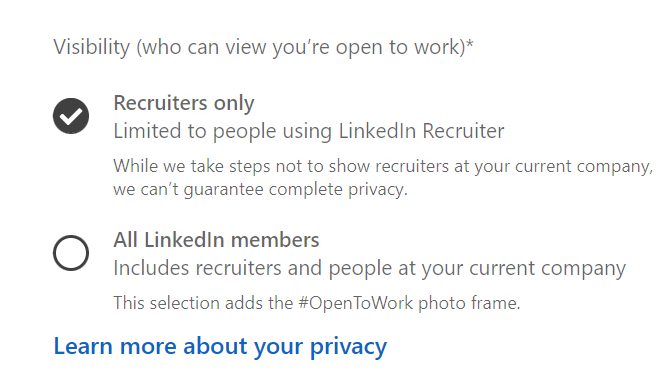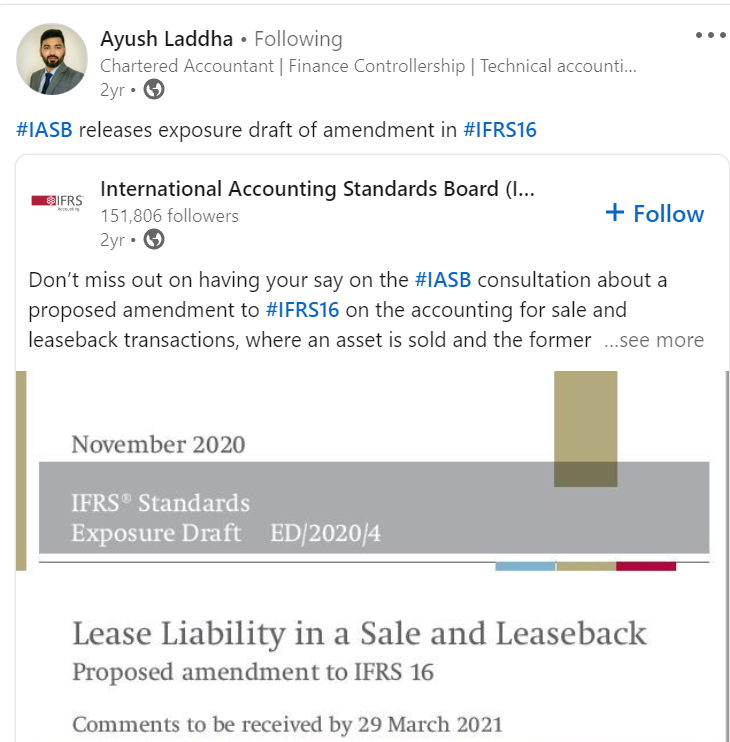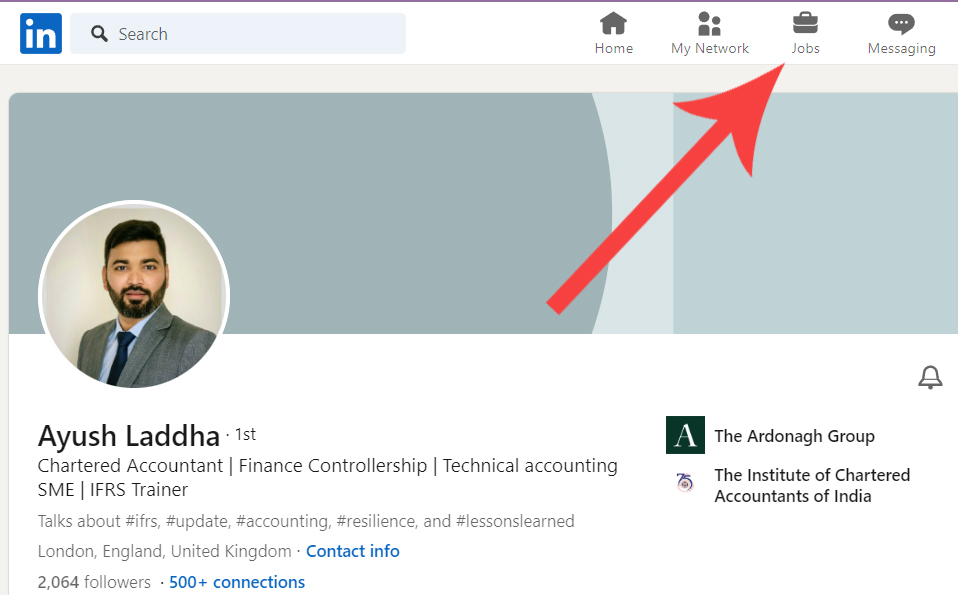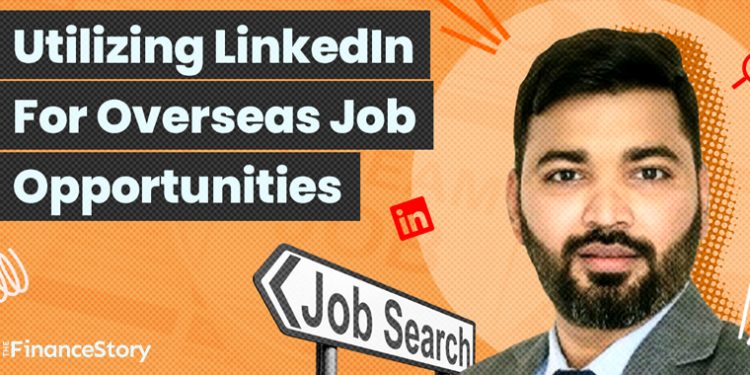Many recruiters and prospective employers in countries like the UK, the US, and the UAE can go through your LinkedIn profile.
To understand how to keep your LinkedIn profile up to date, we spoke to CA Ayush Laddha, a former KPMG India Associate Director.
By utilizing LinkedIn to the fullest, at one point he received offers from two Big 4 firms in Australia and the UAE and an independent insurance distribution platform in the UK.
Here’s how to modify your LinkedIn profile to find career opportunities overseas, according to Ayush.
1. Display your interest in working overseas
Mention on your LinkedIn profile that you are willing to work outside of your home country.
- Click the Me icon at the top right of your LinkedIn homepage and click on View profile under your name.
- On your profile page click on Open to work. Then click on the Find a job option and set your preferred job titles, and on-site location.
- Set your visibility preference to Recruiters only.

2. Mention relevant expertise
Head-hunters are crawling through LinkedIn.
So, you have to build a profile that attracts employers overseas. This includes adding skills and expertise to your LinkedIn ‘Headline’ and ‘About’ sections, that are sought after in the country you are trying to apply.
Here’s what Ayush says, “If you are an accounting advisory professional or a financial reporting professional who deals with IFRS, you should mention that in your LinkedIn headline.
New advancements are taking place in the finance sector almost every other day.
From learning about financial reporting automation to sustainability reporting, you have to be agile and adopt these new trends as soon as they prove their relevance in your professional role.”
By adding these internationally recognized skills, and country-specific standards and practices, you can make yourself more employable than other job seekers.

3. Add details of your job role
Your LinkedIn profile should be almost identical to your CV.
In the LinkedIn ‘Experience’ section, mention all your current and previous job roles in detail. Write exactly what you did in your job and what projects you worked on.

4. Post content related to your role or industry
Sharing relevant content relating to your profession helps a lot. This may sound made up, but recruiters or employers go through your posts.
They will not just assess your feed for educational, and professional background checks but also to gather what kind of person you are through your posts and connections.
One way to impress the recruiter is by posting about recent relevant trends in your profession as we mentioned before.
Finance as a subject is evolving and new elements are emerging every year.
Write a post showcasing that you are cognizant of the latest amendments to IFRS, which are coming about every year, and other developments.
“Something that has worked in my favour is, staying active on LinkedIn. I didn’t post any motivational posts or anything, but just hopped on LinkedIn religiously to check what the job market is up to, every day.” Says Ayush.

Utilize LinkedIn job search
The next step is to apply directly to openings in the LinkedIn ‘Jobs’ section.
Take advantage of LinkedIn’s job search feature, which allows you to filter and search for relevant job openings.
Narrow down your search based on location, industry, and specific job titles.
Tip: Apply for jobs that you qualify for.

Wrapping up…
Many recruiters conduct the first level of screening by looking at your LinkedIn profile, without even looking at your CV.
So, you can understand why taking LinkedIn seriously is a necessity.
“I didn’t get many responses from the vacancies that I applied for through LinkedIn. However, recruiters and other employers looked at my profile and directly approached me. Either way, updating LinkedIn helped me get the opportunity.” Concludes Ayush.
Lastly, for faster outcomes connect with head-hunters and recruiters of your own accord.
Networking with industry professionals can lead to valuable job opportunities and insights.














